«This is a completely unique find»
A hidden «City of the Dead» with more than 300 tombs containing entire mummified families has been discovered in Egypt.
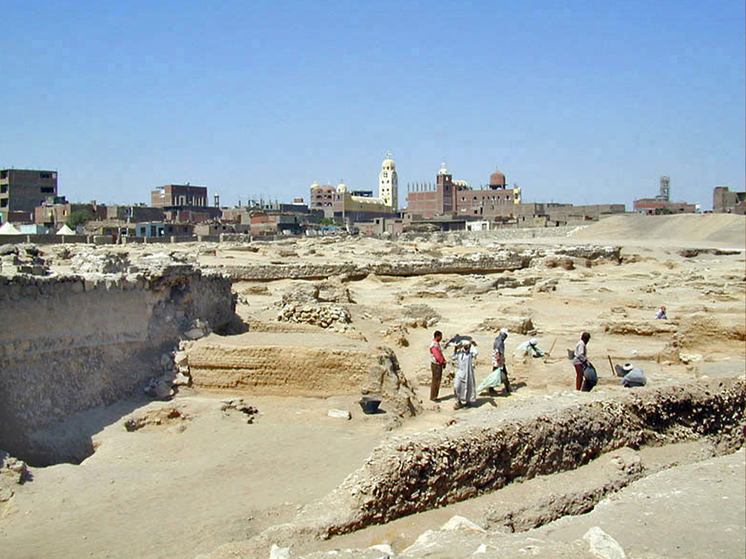
Scientists have discovered a mass grave with more than 300 graves in Egypt, which they call a new «City of the Dead» . As the Daily Mail recalls, the city of Aswan was an important trade, mining and military center when it was founded more than 4,500 years ago, but the lives of its inhabitants have long remained a mystery.
A team of scientists worked at the site for five years and recently discovered 36 tombs that had been reused for 900 years, each containing 30 to 40 mummies, and many containing families who likely died from infectious diseases. diseases.
Patricia Piacentini, an archaeologist at the University of Milan, told DailyMail.com that the burial site stretches nearly 270,000 feet and includes up to 10 terraces of ancient tombs layered on a hill next to the modern Aga Khan Mausoleum III.
“It was a truly impressive find, completely unique for Egypt,” says Piacentini. – The people who once lived in Aswan covered the hill with graves. This is a kind of city of the dead.»
Aswan, one of the oldest continuously inhabited cities in the world, is located on the eastern bank of the Nile River. There were quarries from which granite was extracted for many ancient Egyptian monuments that survive to this day, and there was a military post for the Romans, Turks and British. The population included people from ancient Egypt, Persia, Greece, the Roman Empire and subtropical Africa.
Aswan was originally called Swenett and later Swan, meaning «market», because it was located on the border through which imported goods and many goods are exported.
«Aswan has been a checkpoint since time immemorial,» Piacentini said. – People came from east to west. People came here because it was the border, goods from the south came to Aswan and then spread everywhere.»
The first tomb was discovered in 2019 and contained four mummies — two of them believed to be a mother and child who were buried together.
"At first we thought it was a mother and child. but a new CT scan showed they were two children, Piacentini says. – But recently we discovered next to them a woman who was probably their mother, and the remains of a man, probably their father.»
The excavations, which lasted five years, also revealed that people were buried according to their class position, the Daily Mail notes.
The team found that members of the elite were buried at the top of the hill, including the mummified remains of the commander-in-chief in Aswan. while the middle class were lower.
While the team has found dozens of tombs with each excavation, the latest dig has revealed even more secrets about the mysterious people who lived more than 2,000 years ago.
< p>According to the Daily Mail, the 36 tombs date from the period between the 6th century BC and the 9th century AD. Some have a coffin entrance with an open courtyard surrounded by milk brick walls, while others are carved directly into the rock.
Ayman Ashmawy, who heads the Egyptian antiquities department of the Supreme Council of Antiquities, said that studies of mummies «showed that 30 to 40 percent of those buried died young, as newborns or teenagers.»
Among them was the mummy of a woman and child who probably died at the age of one or two — their bodies were glued to each other inside a stone coffin.
Some of the remains were wrapped in cardboard, papier-mâché material, and also with forms of baked clay, stones, wooden coffins and sacrificial tables.
Patricia Piacentini told DailyMail.com that preliminary examinations of the remains showed that «some of them suffered from infectious diseases, while others there were bone diseases.»
“The children suffered from anemia, malnutrition and in some cases infectious diseases,” she continued. – Some of the bones we found showed clear signs of tuberculosis. Another case of amputation was also found in a woman who had her leg removed but survived.»
Piacentini says the amputation, indicated by a callus on her knee, was most likely performed by a surgeon or other physician, given that she survived the operation. Other mummies showed signs of chest and intestinal diseases, and some women appeared to have osteoporosis.
The newly discovered graves contained many small families that were buried together.
Offerings such as pottery, wooden objects and more were also found in the graves — Piacentini said there were «many objects.»
The team plans to study all the mummies and leave only the best preserved ones in a warehouse owned by the museum.
Piacentini promises that researchers will clean out the tomb and then return the remaining mummified human remains to where they originally were before sealing the tomb.
«This is their resting place,» she continued. “We will find out their history, and then we will put them back and close the tomb.” This was important to me from the very beginning.»


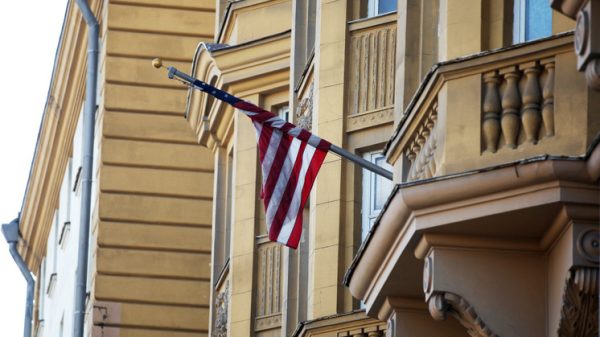




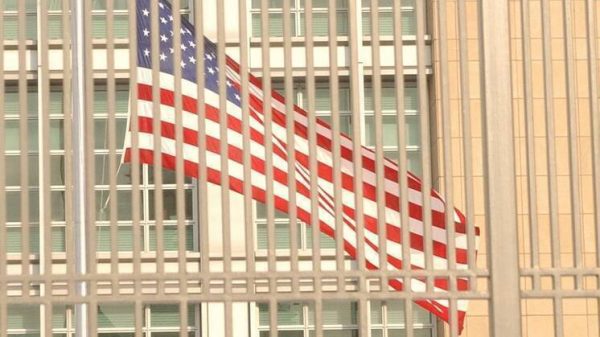
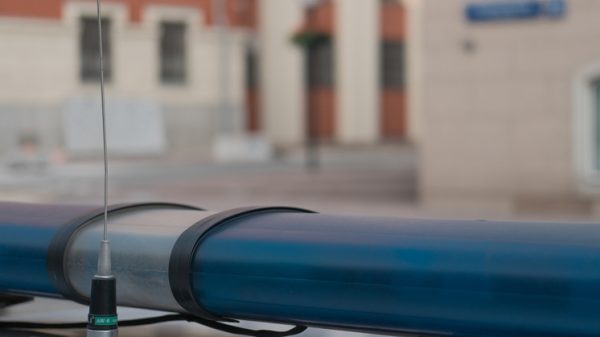

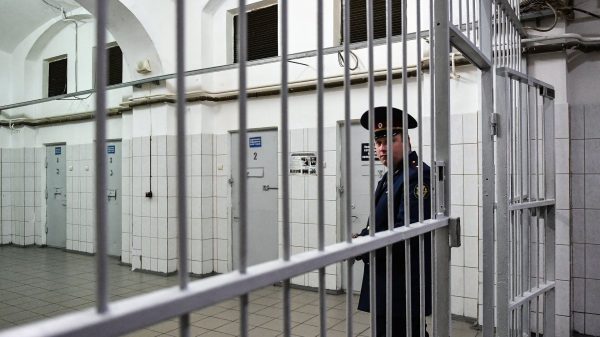




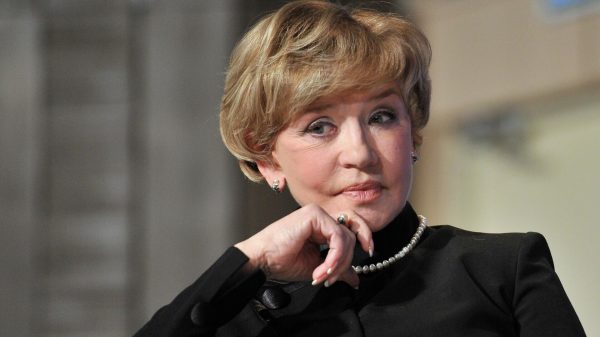



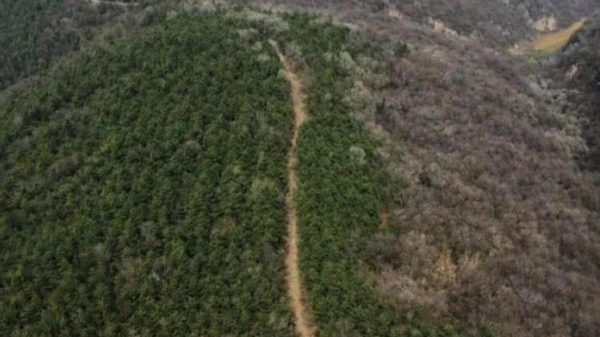
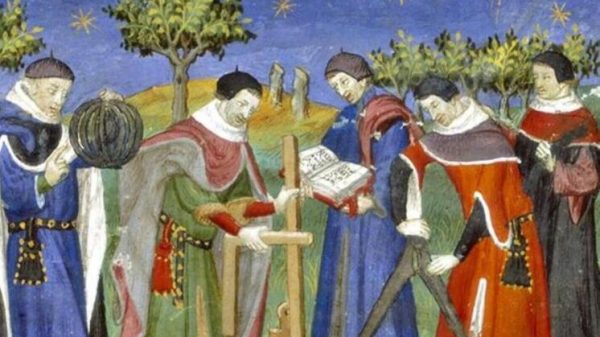













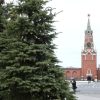























Свежие комментарии